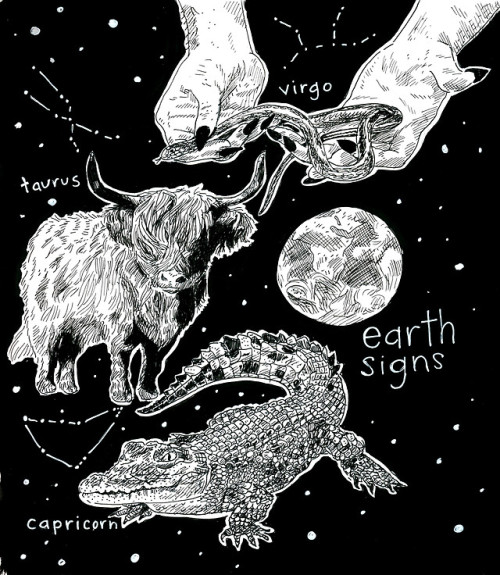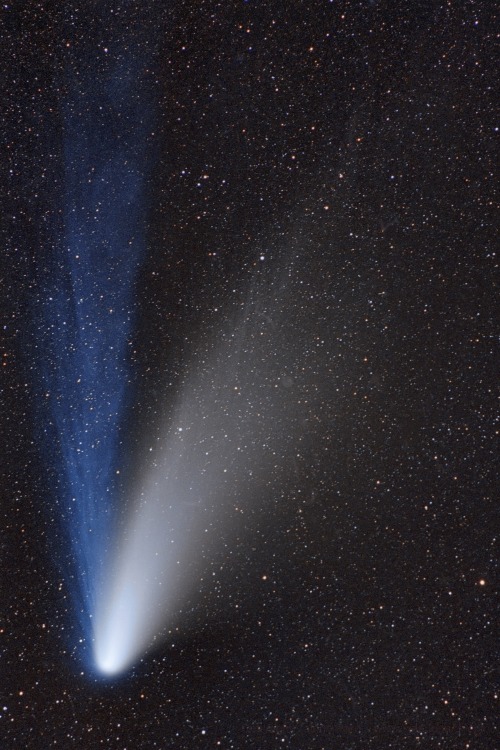#constellations

Chioma di Berenice (Berenice’s Tresses, 1878) is by Ambrogio Borghi (1849-1887). The figure is 190 cm (74¾ in.) high; its column and wood base is 90cm (35½ in.) high.
La Chioma di Berenice è una costellazione antica, introdotta da Eratostene che fa riferimento alla corona di Arianna e poi ai riccioli di Berenice. la Chioma di Berenice è ubicata nell’emisfero Boreale, appare a sud est dell’Orsa maggiore ed è visibile sopratutto nel mese di Aprile… ma chi era Berenice?
Lei era la protagonista di uno dei racconti più romantici e commoventi che ci è stato tramandato dall’antichità e ci porta in Egitto, al tempo in cui, nel III secolo a.C., Le Due Terre erano governate da Tolomeo III Evergete e sua moglie Berenice II. Sono proprio i due sovrani i protagonisti della nostra storia! Il mito narra di Berenice Evergete, regina cirenaica di straordinaria bellezza, dai lineamenti delicati e dai lunghissimi e lucidi capelli motivo di ammirazione e d’invidia per tutte le donne. Dopo le nozze Tolomeo partì per una campagna militare in Siria e Berenice, preoccupata per l’incolumità del suo amato, fece voto solenne alla dea Afrodite Zefirite offrendole la propria splendida chioma se si fosse dimostrata benevola al loro amore e avesse fatto tornare incolume e vittorioso sui nemici il proprio amato. Tolomeo tornò trionfante dalla campagna militare e Berenice, mantenendo fede alla promessa, il giorno stesso racchiuse i suoi bei capelli in una lunga treccia che tagliò e portò al tempio dedicato alla dea Afrodite. Ma, il giorno dopo, della preziosa offerta non vi era più traccia. Ci fu un gran vociare e qualcuno chiamò in causa il sacerdote del tempio di Serapide accusandolo di aver rimosso la treccia scandalizzato per l’oltraggio che la regina avrebbe fatto agli dei locali offrendo il suo voto ad una divinità greca. Berenice si disperò e suo marito, mosso dalla rabbia e dall’oltraggio subito, fece chiudere tutte le porte della città e la fece setacciare invano, finché non intervenne Conone di Sarno, grande saggio, matematico, astrologo, nonché astronomo di corte, noto per la sua amicizia con Archimede da Siracusa. Grazie al grande prestigio di cui godeva, quando chiese la parola fu ascoltato da tutti. Conone, alzando le dita verso il cielo, indicò tre stelle e fece notare che non c’era da preoccuparsi di nulla, in quanto gli dei avevano così gradito l’offerta da innalzare la treccia al cielo e fissarla nel firmamento. Fu così che da quel giorno, quelle tre stelle che vediamo formare una piccola V nei pressi del centro della coda del carro dell’Orsa Maggiore, grazie a Conone presero il nome di Coma di Berenice (Chioma di Berenice).
Nella foto la scultura realizzata da Ambrogio Borghi, non si può fare a meno di chiedersi cosa avrebbe potuto fare il giovane scultore se avesse vissuto più dei sui trentasei anni.
Quando venne presentata nel 1878 a Parigi la scultura, intitolata “La chioma di Berenice”, venne definita un “prodigio”, qualcosa di mai visto prima e inaspettato.
Coma Berenice is a constellation with great attractive power.
Ancient constellation, introduced by Eratosthenes which refers to the crown of Ariadne and then to the curls of Berenice, the Coma of Berenice is located in the Northern hemisphere, appears to the south east of the Ursa major, between the one to the north east of Leo, to the west of Boote and north of the Virgin. Over time it was identified in various ways until, in 1551 by the Dutch cartographer Gerardus Mercator it became an official constellation and in 1602 it was definitively included by Ticho Brahe in his star catalog.
In the shape of a “V” , the Coma of Berenice is made up of a group of decidedly modest and recognizable stars in the spring period, specifically in the month of April .
Who was Benerice?
The constellation of Berenice has great charm because it refers to characters who really existed. It is the Greek author Callimaco who narrates the curious legend of the “hair of Berenice” and the originality of the story lies in the fact that it is the lock of hair itself that tells the strange story. Berenice was an Egyptian queen, wife of Pharaoh Ptolemy III Evergete, of the Lagidi dynasty (284 ca.-221 BC). He was a great ruler and under him the Egyptian Hellenistic monarchy experienced a great splendor. In 246 BC, shortly after the wedding, Ptolemy had to leave for a very dangerous war campaign against Seleucus II of Syria. Berenice, very worried about her husband’s fate, vowed to the goddess Isis to cut her beautiful hair if her husband returned victorious from the war in Syria.
The foliage disappears
So it happened: Ptolemy returned, the hair was cut off and hung in the temple of Aphrodite. But one day it disappeared . All the wise men summoned to try to unravel the mystery of the mysterious disappearance were unable to come to a solution. Ptolemy, angry, had all the gates of the city closed and every place searched in search of his wife’s beloved hair, but in vain. Then the wise court astronomer Conone intervened, who to calm the minds solved the mystery by stating that the splendid braid was liked so much by Zeus, that he had wanted to imprint it forever in the firmament, so that everyone could admire it. Pointing to a group of amorphous stars (as they called those that were not grouped into constellations in the catalogs) just behind Leo, he constituted a new constellation, explaining to those present that the queen’s curls were in the sky. Hence the name of the constellation.
The “melancholy” constellation
This legend will then be resumed first by the Latin poet Catullus and later by the English author Alexander Popein his “The rape of the lock” which means precisely “The theft of the lock”. Although celebrated, the gesture of the severed hair never actually made the bride happy and it is precisely for this reason, as reported by Catullus, that the constellation appears “melancholy”, with the stars facing the Earth where the one who was deprived of them resided. . Recognized by the Hellenistic world as a female figure of extreme importance, Berenice in the absence of her husband administered Egypt with stubbornness and competence, so much so that she was deified on her death. Upon her husband’s death in 222 BC, Berenice was assassinated after her son Ptolemy IV Philopator came to the throne by the royal minister Sosibio together with other family members.
The sculpture, Chioma di Berenice (Berenice’s Tresses, 1878) is by Ambrogio Borghi (1849-1887). The figure is 190 cm (74¾ in.) high; its column and wood base is 90cm (35½ in.) high.
Post link
The cats are like furry constellations
They lap up the Milky Way- Current 93, Abba Amma (Babylon Destroyer)
Illustration for these lyrics that I’ve always found evocative.
Post link

Colourful auroras erupted unexpectedly a few years ago, with green aurora appearing near the horizon and brilliant bands of red aurora high overhead. The Moon lit the foreground of this scene, while familiar stars could be seen in the distance. The astrophotographer shot this image mosaic in the field of White Dome Geyser in Yellowstone National Park in the western USA. Sure enough, just after midnight, the geyser erupted – spraying a stream of water and vapor many meters into the air. Geyser water is heated to steam by scalding magma several kilometers below, and rises through rock cracks to the surface. About half of all known geysers occur in Yellowstone National Park.
Image Credit & Copyright: Robert Howell



























